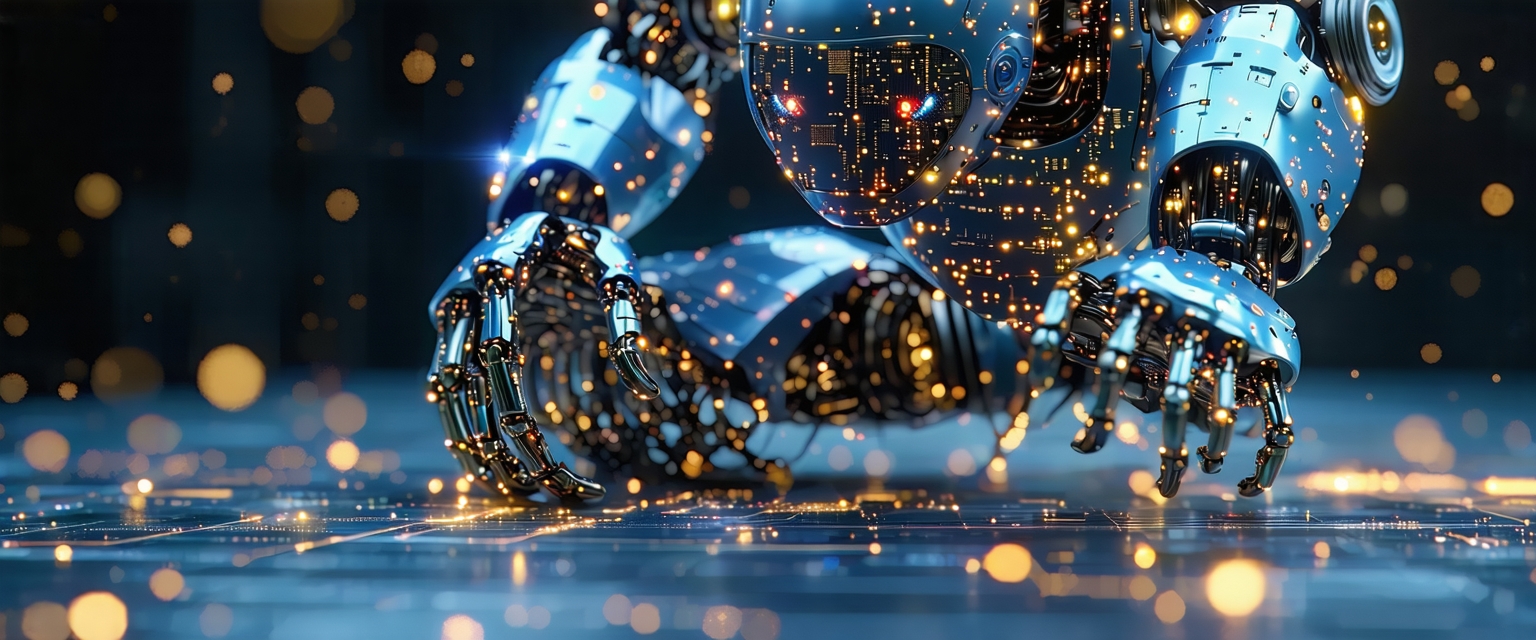






The field of robotics is experiencing a period of rapid advancement, with new developments pushing the boundaries of what machines can do. Recent breakthroughs in areas like machine learning, dexterity, and material science are leading to more sophisticated and versatile robots.
Traditional industrial robots were largely programmed for repetitive tasks in controlled environments. They lacked adaptability and the ability to handle unexpected situations. However, recent years have seen a significant shift toward more intelligent and adaptable robotic systems.
Researchers at MIT recently unveiled a new robotic arm capable of performing complex manipulation tasks with unprecedented dexterity. This is achieved through a combination of advanced machine learning algorithms and a novel design that allows for more flexible movement. Simultaneously, progress in soft robotics is yielding robots capable of navigating complex and unstructured environments, such as disaster relief sites.
Furthermore, improvements in sensor technology, particularly computer vision, are allowing robots to better understand their surroundings. This is crucial for tasks requiring object recognition, navigation, and human-robot interaction.
These advancements have significant implications across various industries. In manufacturing, more adaptable robots can increase efficiency and productivity. In healthcare, robotic systems are being developed for surgery, patient care, and rehabilitation. The development of safer, more effective robots in all areas can improve workplace safety, and free human workers for more complex roles.
The future of robotics is bright, with ongoing research focused on areas like human-robot collaboration, ethical considerations, and the development of even more intelligent and autonomous systems. The integration of AI and robotics will continue to drive innovation, leading to new applications and possibilities we can only begin to imagine.